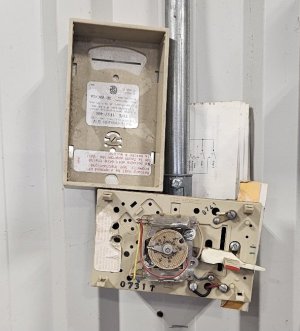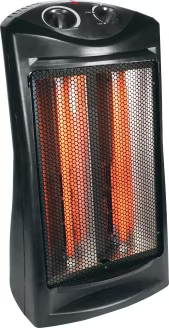Megar arc 5040dd
Super User
I am no electrimagician so I want to run this past members on here and get opinions. First some background for context. I am in Saskatchewan where it is currently -26 C and I heat my small shop with an electric heater on a thermostat during the winter months. For context the shop is 16'x24' with a vaulted ceiling and a storage mezzanine. The heater hangs from the vaulted ceiling and is a typical construction type heater sadly I forget how many watts off the top of my head. The heater has done a fine job over the last several years all it has to do is keep the temp above freezing and when I am working I turn it up to a comfortable working temp. Now to get to my question would it be more cost effective to run a second heater at the other end of the shop? I have a construction heater sitting around so there would be no cost to add it. My theory is that 2 heaters should have to run for half as long as running just one. But where I start to question my theory is I am running two heater for half the amount of time but I am drawing twice as much power so does it end up making no difference at all? It would be great if I can get the electric bill down even a bit during the winter months but also I don't want to do it if it will just drive my electric bill higher. I am sure someone smarter than me will be able to tell me the ins and outs of what will happen adding a second heater.


